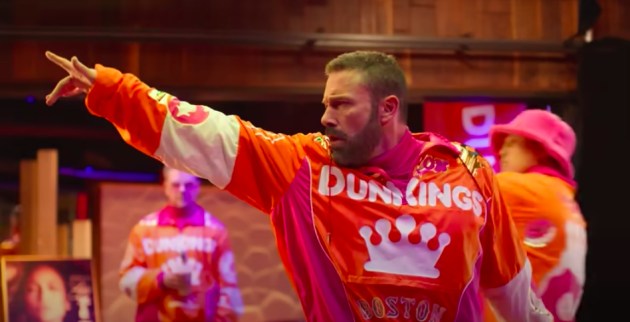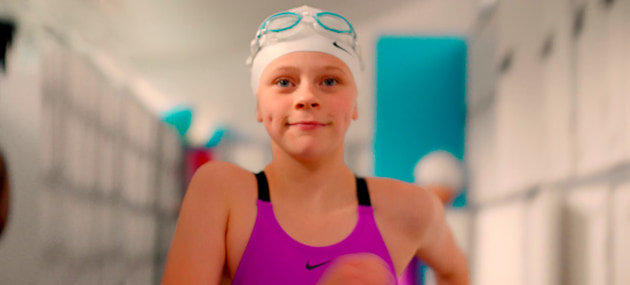
This year’s Super Bowl was the most watched American football game in history with 123.4 million viewers, up 7% on last year.
While The Kansas City Chiefs took on the San Francisco 49ers at this Sunday, brands were trying to score big-time with viewers as well.
With greater media efficiency this year, Sally Joubert, CEO, and Georgia Phillips, COO, of brand and communications insights agency Luma Research, set out to analyse whether or not the ads were equally as effective.
The duo questioned how much of this could be attributed to the close game? Or if it was predominantly the Swift Effect?
"Either way while the Kansas City Chiefs won the game, it looks like the networks and advertisers were also winners," says Joubert and Phillips.
Given that the advertisers were paying $USD7 million per 30s spot, and this was about same as 2023, the brands were getting more bank for their buck, they say.
This years’ ads were squarely focused on humour and celebrities.
The light-hearted approach that is intended to make people feel good is a tried and tested approach for the big game. One of the most talked about was Super Bowl first time advertiser skincare CeraVe.
"In this ad we saw Michael Cera making us believe he was a skin care visionary. This is storytelling started quietly with social pranks and culminated in a compelling Super Bowl ad that was focused on a younger Gen Z audience with a full 360 campaign," Joubert and Phillips say.
"This was one of many ads which showed celebrities being used in a self-deprecating way. This year the super stars were willing to mock themselves in the name of humour and entertainment, and it seemed to really work for consumers."
One of the most popular, say Joubert and Phillips, was Ben Affleck’s band the DunKings.
"As a sequel to Dunkin Donuts’ successful 2023 campaign, this ad starring Affleck, JLo, Matt Damon and Tom Brady really leveraged celebrities in a funny and relevant way. This ad definitely attracts attention and leaves people feeling positive about the brand," they say.
Comedy and celebrities were also the focus of one of the most liked ads from State Farm Insurance. Arnold Schwarzenegger did a great job of making fun of his accent, believe Joubert and Phillips.
"Most of the ad was released before the game, but the surprise twist ending with Danny DeVito built a sense of nostalgia for viewers," they say.
There was a lot of love for the UberEats spot which received a lot of media attention before the game due to the well-known stars laughing at themselves.
Joubert and Phillips say the use of popular culture references of Friends and also the Beckham’s documentary helped this ad to be relevant and appealing.
"For the second year in a row, there were fewer purely emotive, tear-jerker style or purpose based ads. This could be related to the complicated political and economical environment, or perhaps it is a sign that these style ads are not working for brands.
"There were really only two brands, Dove and Google that talked to some other community benefits this year."
Dove partnered with Nike to talk about healthy body image and encouraging girls to stay in Sport. It used the famous track from Annie the Musical to engage and create positive feelings.
Google Pixel heroed the new Guided Frame feature that helps people with low vision to take high-quality images thanks to a mix of AI and voice prompting, note the duo.
"It cleverly gave viewers a look at the world as someone with impaired vision sees it and generated some strong emotional responses," they say.
Super Bowl is usually all about car ads and this year was no exception, says Joubert and Phillips, although there were fewer of them. The focus of the auto ads is on sustainability with almost all brands emphasising their electric vehicles. Kia is an example of this with a focus on premium car the EV9.
"While there were some of the tried and tested brands at the big game this year, such as Kia, Toyota, Doritos and Budweiser, there were also a lot of first time advertisers including Lindt, Drumstick, e.l.f., Kawasaki.
"There were two new brands that really spent big on their media with multiple spots. Home.com had four ads, and online Chinese retailer TEMU had five."
Clearly both brands were using this monolithic TV event to build awareness for their brands, but also by association with an event like this, some legitimacy, believe Joubert and Phillips.
"It would have been a relief for them to hear that this event had the biggest reach ever...media touchdown!"
Have something to say on this? Share your views in the comments section below. Or if you have a news story or tip-off, drop us a line at adnews@yaffa.com.au
Sign up to the AdNews newsletter, like us on Facebook or follow us on Twitter for breaking stories and campaigns throughout the day.




